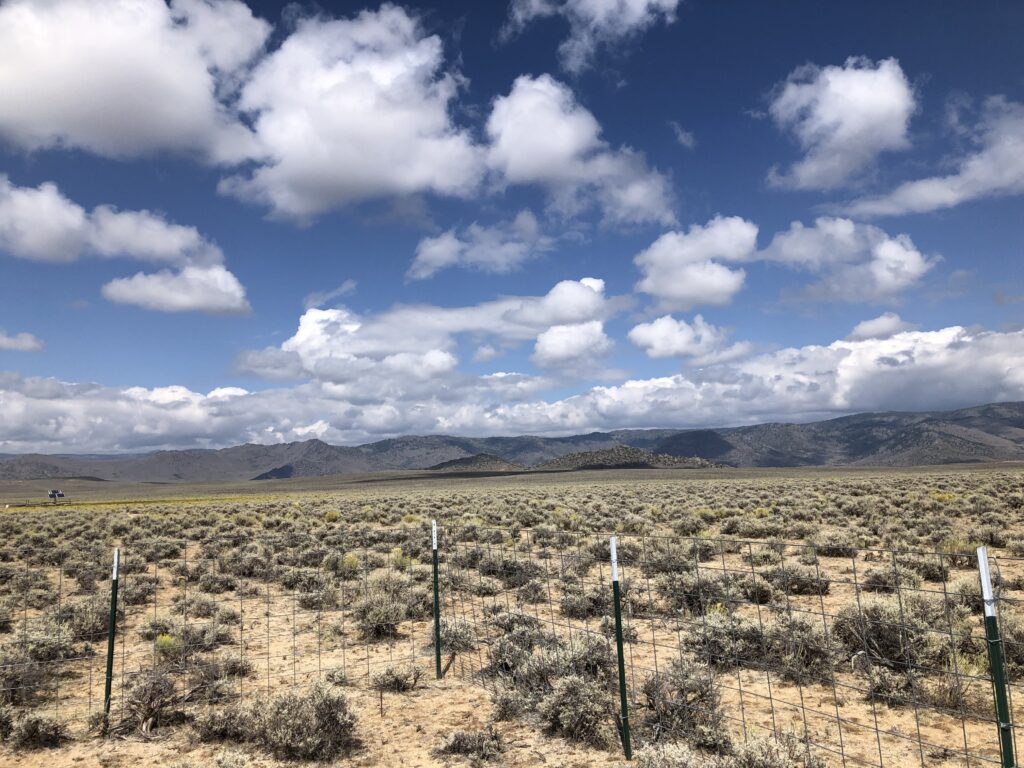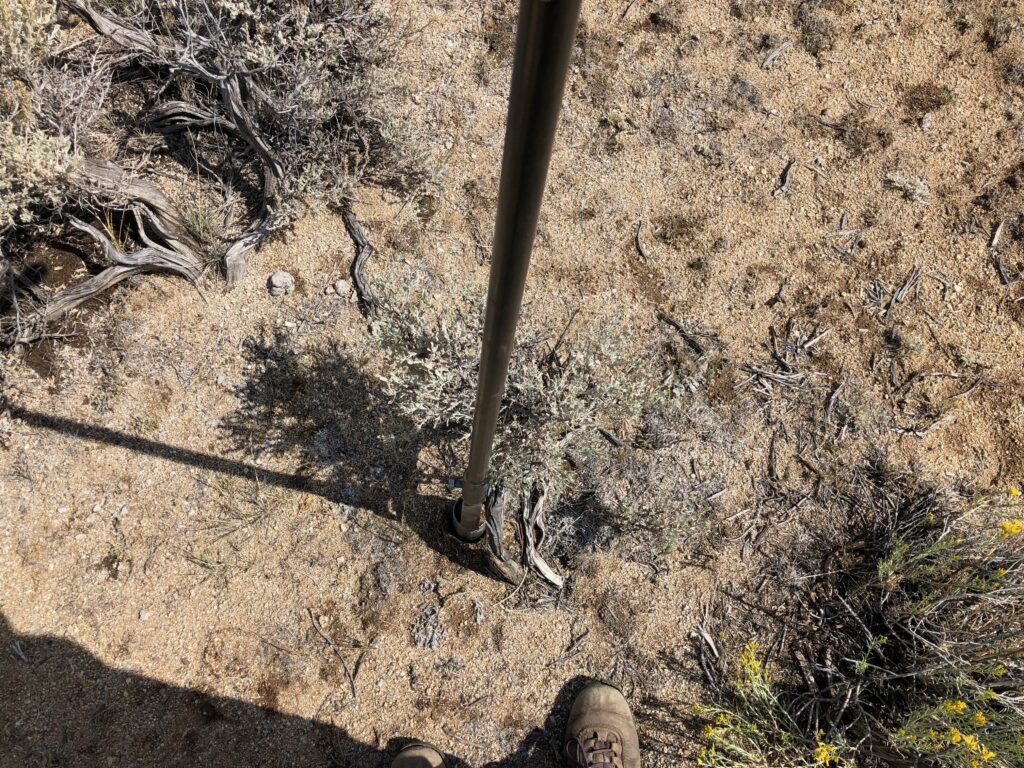Roots do everything. They are the connector between plants and soil–the interface at which many of the transactions of life are made. Roots (with the help of their mycorrhizal associates) conduct a plant’s search for nutrients, water, and shelter. They scour the soil for the ingredients of life and support whole ecosystems of microorganisms, plants, and animals (including us). They do this through a number of pathways. One way is by releasing root exudates–compounds which can unlock the nutrients that allow organisms to take up the resources they require. Another is by producing either large quantities of small roots or deep taproots which hunt for resources hiding throughout the soil profile. Particularly in drylands and other resource limited areas, roots are finding the needle in the haystack. During drought years and other times of physiological stress, roots are resilient, looking for innovative ways to survive.
But they also play a quieter, regulatory role most of us take for granted. When roots release exudates or when they die, they release carbon into the soil. This carbon can be taken up by microbes and incorporated into their biomass. Or it can be directly attached to minerals in the soil and stored there for indefinite periods of time. In sagebrush ecosystems particularly, the role of roots as a carbon input to the soil is incredibly important as the majority of the system is grazed in some form. This aboveground defoliation reemphasizes the critical role dryland roots play in carbon storage and sequestration in these ecosystems.

However, the role of belowground life in the carbon cycle is dynamic and can potentially shift with different global change factors. Land use practices and climate change affect ecosystem dynamics and function which can domino into changes in soil carbon storage. Few places in the world offer such an interesting lens into these interactive effects as sagebrush ecosystems in the West. The Upper Green River Basin, where I have been based out of this summer, is characterized by high variability in precipitation and plant production on an annual basis. It is also characterized by a strong tradition of ranching and widespread grazing across the whole ecosystem. It is critical to learn how the primary source of carbon to this system changes with shifting water futures and different land management so as to better understand the carbon storage capacity of these systems as well as to inform the stewardship and conservation practices necessary to maintain this carbon.

To explore this question, I have partnered with PhD student, Scott Carpenter, to understand how fine root production changes across grazing intensities and under a different precipitation regime. His experimental design classifies grazing intensity based on distance from a livestock well, and he will add water to half of the plots for three years to mimic projected climate change water futures for the region. In these fenced and non-fenced plots being grazed at different intensities, I have placed root in-growth cores. These cores are 20-cm fiberglass mesh bags which get placed into a hole of the same depth. The soil that was once in that hole gets sieved and all the fine roots are taken out. That root-free soil is then placed back in the bag and we leave it there for a year, allowing roots to colonize this plot of soil as they naturally would.
In a year, someone will harvest that bag and wash the soil out of the roots to see what remains. Looking at differences across treatments will provide insight into how grazing and altered precipitation affects belowground inputs on an annual basis. New bags will be placed each year and the experiment will continue to capture interannual variation. After a summer where the consequences of climate change felt so palpable, placing these cores felt hopeful in a way. When we see the results of this experiment, we will get a glimpse into how belowground plant communities are affected by global change and how these effects feed into our future climate. This type of understanding is crucial to informing our mitigation strategies and helping us adapt land use to a changing world.

Uthara Vengrai, Western Resource Fellow| Uthara Vengrai is a Master of Environmental Science candidate at the Yale School of the Environment. Her thesis research combines simulation modeling and field research to better understand the effects of land use practices and global change on biogeochemical fluxes and soil organic matter in dryland ecosystems. Originally from southern California, her academic interests are strongly motivated by a desire to produce research that helps inform and prepare communities in the West for the impacts of climate change. Uthara holds a Bachelor of Science degree in Environmental Sciences from the University of California, Berkeley. See what Uthara has been up to. | Blog
